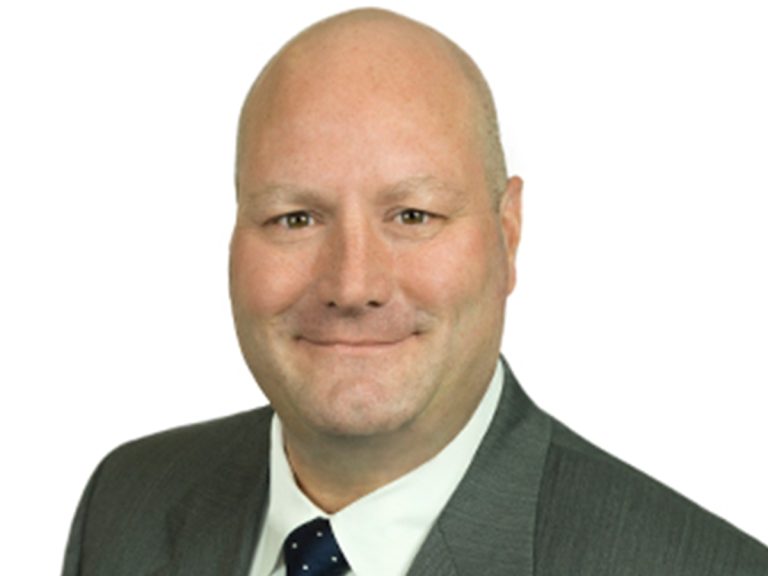Improved processes and data are helping organisations get better understanding and take greater control of their employee benefits claims, according to a panel of EB experts on the latest episode of the Global Captive Podcast.
Chris Mason, director of customer & distribution manager UK and APAC at Zurich Global Employee Benefits Solutions (ZGEBS), was joined on the podcast by Jenny Woods, group claims relationship manager at Zurich Corporate Risk, and Sander Brentjes, global benefits consultant at Aon, to discuss the claims process for captive employee benefits programmes.
Mason said risk and insurance managers are used to receiving “really granular claims details” on the P&C side of the business, and they expect the same as they diversify the captive into employee benefits.
“They want to know therefore what claims are happening, what are the details, what are the set reserves,” he said.
“The employee benefits sector has really taken a leap forward with that information.
“We can now provide underwriting year data and we’ve developed this new and improved interactive captive bordereaux, which can really help the captive understand, not just from the premium spend, but what they have got from a claims perspective. They need to know that because they’re the ones picking up the cheque.”
Woods said employers want to be increasingly hands on with claims, understanding what is happening to their employees and how they can support them during the claims process.
Subscribe to the Captive Intelligence newsletter to receive our FREE twice weekly updates with links to news, analysis and podcasts.
“Ultimately employers have a duty of care to their employees,” she said. “There are a lot of health and wellbeing challenges that are covered under the Equalities Act, which adds that additional layer of complexity for an employer.
“More employers are seeing the benefits of engaging with health and wellbeing prevention at an organisational level, in the battle to reduce their employee absence rates.
“Rising costs are driving employers to take more notice of absence and utilise all of the support that they’ve got available to them to help with it.”
Brentjes said there is a clear incentive for the captive and parent company to pro-actively manage the people risk.
By understanding and controlling and influencing the programmes, the employer can ultimately reduce claims arising from the employee benefit plans.
“A long-term perspective on disability and healthcare financing really allows employers to gain insight and influence over their spend, as captives provide far greater control over pricing and facilitate the connection between wellbeing, diversity, equity and inclusion initiatives and disability and healthcare claims,” he explained.
“The claims management services tend to be different country-by-country, and also different between insurance companies within a specific country.
“It’s really important to understand what are the capabilities of the insurers that you work with or the fronting partners that you want to work with in the countries.”
Listen to the full 20 minute discussing between Chris Mason, Jenny Woods and Sander Brentjes on the Global Captive Podcast here, or on any podcast platform or app. Just search for the ‘Global Captive Podcast’.







